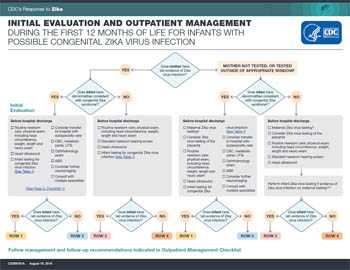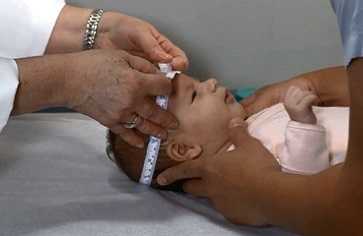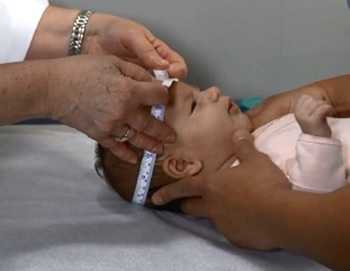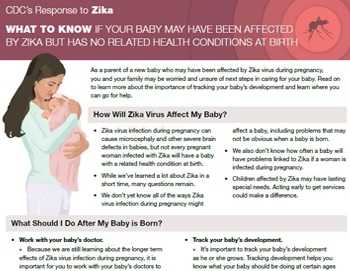Healthcare Providers Caring for Infants & Children
Notice: On July 24, 2017, CDC released updated interim guidance for the care of pregnant women with possible Zika virus exposure. CDC no longer recommends routine Zika virus testing for asymptomatic pregnant women without ongoing exposure to Zika virus. Because of this change, it is critical that pediatric healthcare providers ask about possible maternal and congenital Zika virus exposure for every newborn. Infants born to mothers with possible Zika virus exposure during pregnancy but who did not receive testing, including asymptomatic pregnant women with recent possible Zika virus exposure but no ongoing exposure, should have a comprehensive physical examination, including standardized measurement of head circumference and newborn hearing screen, as part of routine pediatric care. In addition, based on the level of possible Zika virus exposure (e.g., duration and type of exposure, use of regular protection measures, intensity of Zika transmission in the location of travel), the provider should consider whether further evaluation of the newborn for possible congenital Zika virus infection is warranted, in which case, a head ultrasound and ophthalmologic assessment should be considered. Based on results of the evaluation, testing of the infant for Zika virus infection could be considered. CDC will be updating its webpages in the near future to reflect the implications of the updated guidance on the evaluation and care of infants with possible congenital Zika virus exposure.
Summary
- All infants born to mothers who have laboratory evidence of Zika virus infection during pregnancy should receive comprehensive physical exam, neurologic assessment, head ultrasound, standard newborn hearing assessment, and Zika virus testing.
- Testing is recommended for infants born to mothers who have laboratory evidence of Zika virus infection during pregnancy and for infants who have abnormal clinical findings suggestive of congenital Zika syndrome and a maternal epidemiologic link suggesting possible exposure during pregnancy, regardless of maternal test results.
- A Zika virus RNA NAT test should be performed on both infant serum and urine, and Zika virus immunoglobulin M (IgM) antibody should be performed on infant serum. Testing should be performed on specimens collected from infants within 2 days after birth; however, testing specimens collected within the first few weeks to months after birth may still be useful in the evaluation for possible congenital Zika virus infection, especially among infants born in areas without risk of Zika.
- Guidance for testing and clinical management of infants and children with postnatal Zika virus infection is in line with testing and clinical management recommendations for adults.
- Zika testing is recommended during the first 2 weeks after symptom onset to diagnose postnatal Zika virus infection. Serologic testing is recommended 2-12 weeks after symptom onset.
Guidance
- UPDATE: Interim Guidance for the Evaluation and Management of Infants with Possible Congenital Zika Virus Infection – United States, August 2016 (MMWR, August 19, 2016)
- UPDATE: Interim Guidelines for Healthcare Providers Caring for Infants and Children with Possible Zika Virus Infection – United States, February 2016 (MMWR, Feb. 19, 2016)
- Interim Guidelines for the Evaluation and Testing of Infants with Possible Congenital Zika Virus Infection – United States, 2016 (MMWR, Jan. 29, 2016)
Featured Tools
Testing and Evaluation Tools
- Page last reviewed: August 1, 2017
- Page last updated: August 1, 2017
- Content source:


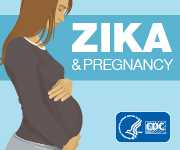
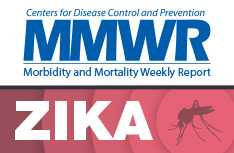

 ShareCompartir
ShareCompartir
